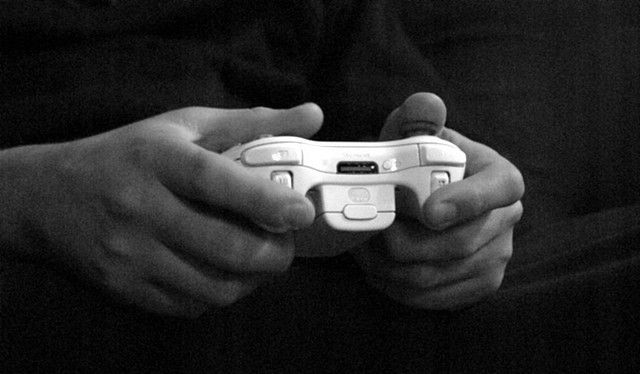
The Supreme Court will decide whether Microsoft must face a class-action lawsuit that claims a defect in the media giant's popular Xbox 360 console was prone to scratching game discs, rendering them unplayable.
The lawsuit alleges that vibrations or small movements of the console might cause the optical drive to scratch discs. The suit accuses Microsoft of knowing about the alleged issue before the Xbox 360 launched in 2005. According to the original lawsuit, brought in 2012, there were as many as 55,000 complaints about the scratching issue by as early as 2008.
Compared to individual suits, class action suits are much more costly to fend off and they expose companies to far greater damage awards. The Supreme Court justices did not say when they would hear Microsoft's appeal of a federal appellate court's decision (PDF) allowing the class action to go forward. But in a one-sentence note attached to an order Friday, the Supreme Court said it would focus on whether the 9th US Circuit Court of Appeals—the federal appeals court that ordered the class-action to proceed—had the legal authority to review a lower court's decision nullifying the class.
The Supreme Court said it would decide if the appeals court had jurisdiction "to review an order denying class certification after the named plaintiffs voluntarily dismiss their individual claims with prejudice."
Microsoft contends that aggrieved gamers could bring lawsuits individually, not collectively, because only 0.4 percent of console owners reported problems. Microsoft also contended that the cause of the problem was gamers' misuse.
The appeals court wrote in March that it did not agree with Microsoft.
".... [A]lthough individual factors may affect the timing and extent of the disc scratching, they do not affect whether the Xboxes were sold with a defective disc system. Plaintiffs contend that (1) whether the Xbox is defectively designed and (2) whether such design defect breaches an express or an implied warranty are both issues capable of common proof," the court ruled (PDF).
The trial court "erred in finding that individual issues of causation predominate over these common questions," the appeals court ruled.
A Microsoft manager, Hiroo Umeno, said in a court document that the company was well aware of the damage that could be caused to discs when players repositioned their consoles. "This is ... information that we as a team, optical disc drive team, knew about. When we first discovered the problem in September or October, when we got a first report of disc movement, we knew this is what’s causing the problem," Umeno said.
The suit claims Microsoft considered but rejected three solutions before releasing the console. They included increasing magnetic force of the disc holder, slowing the discs' rotational speed, and installing soft patches or "bumpers."
reader comments
76